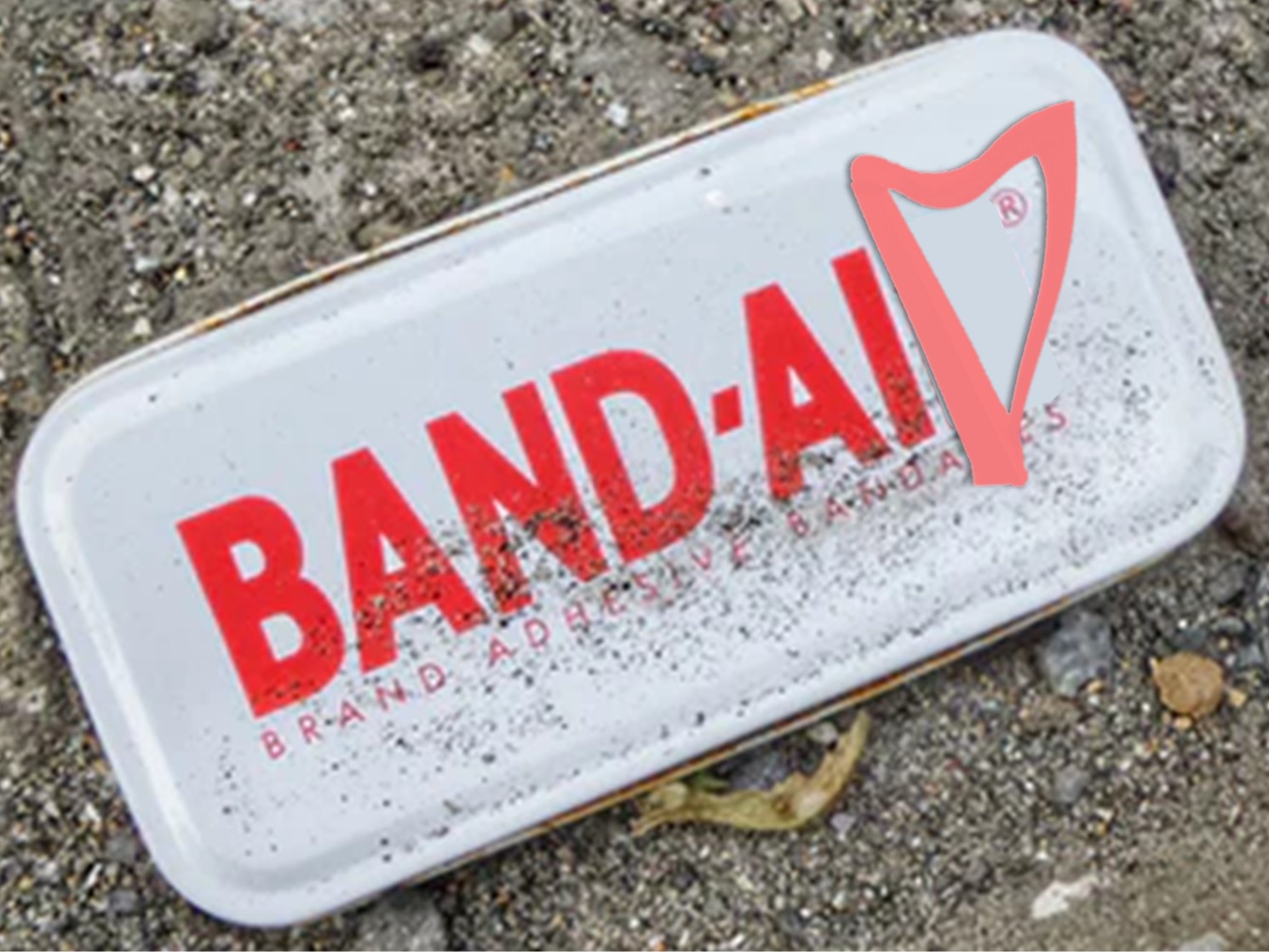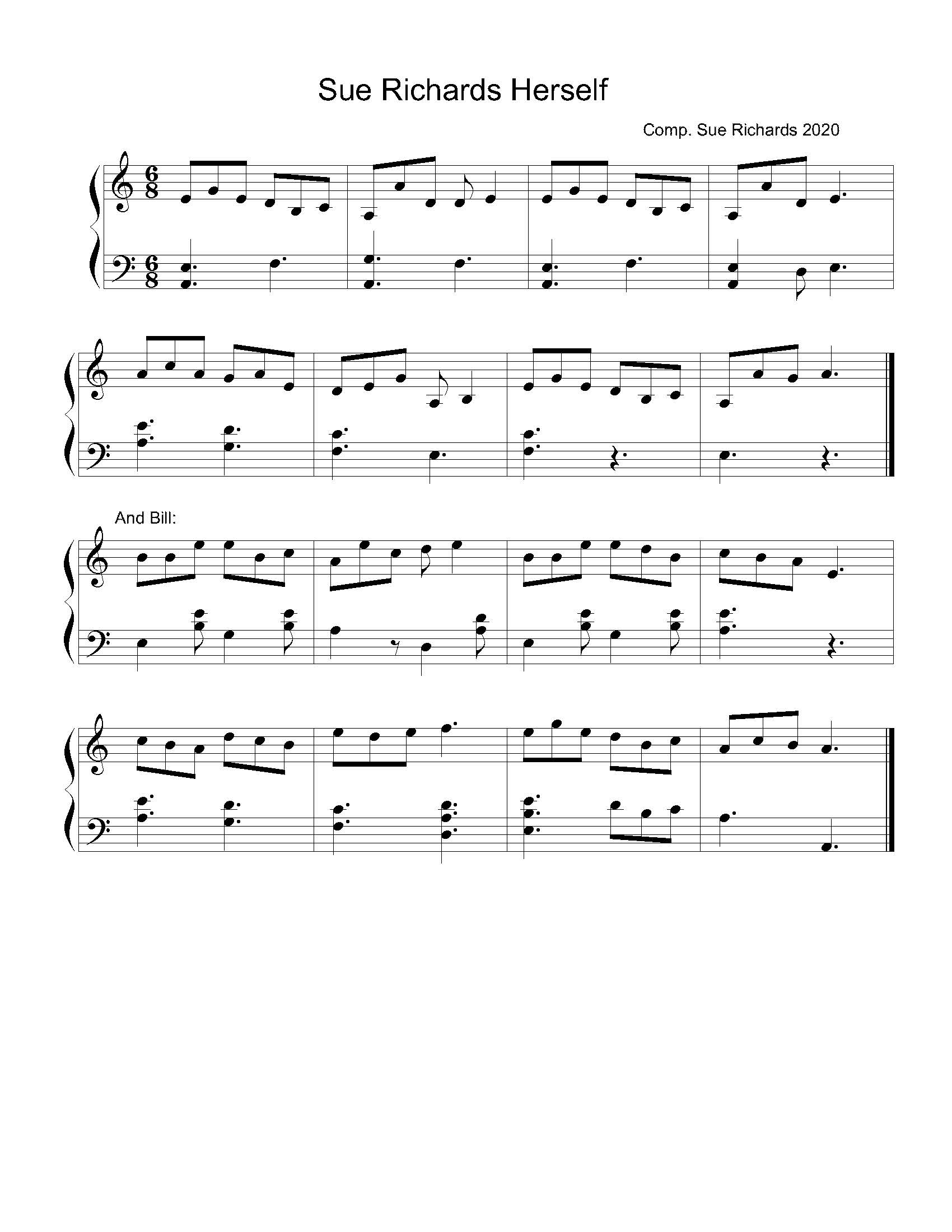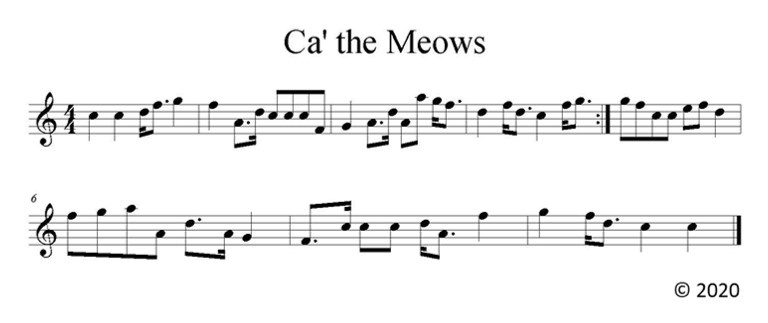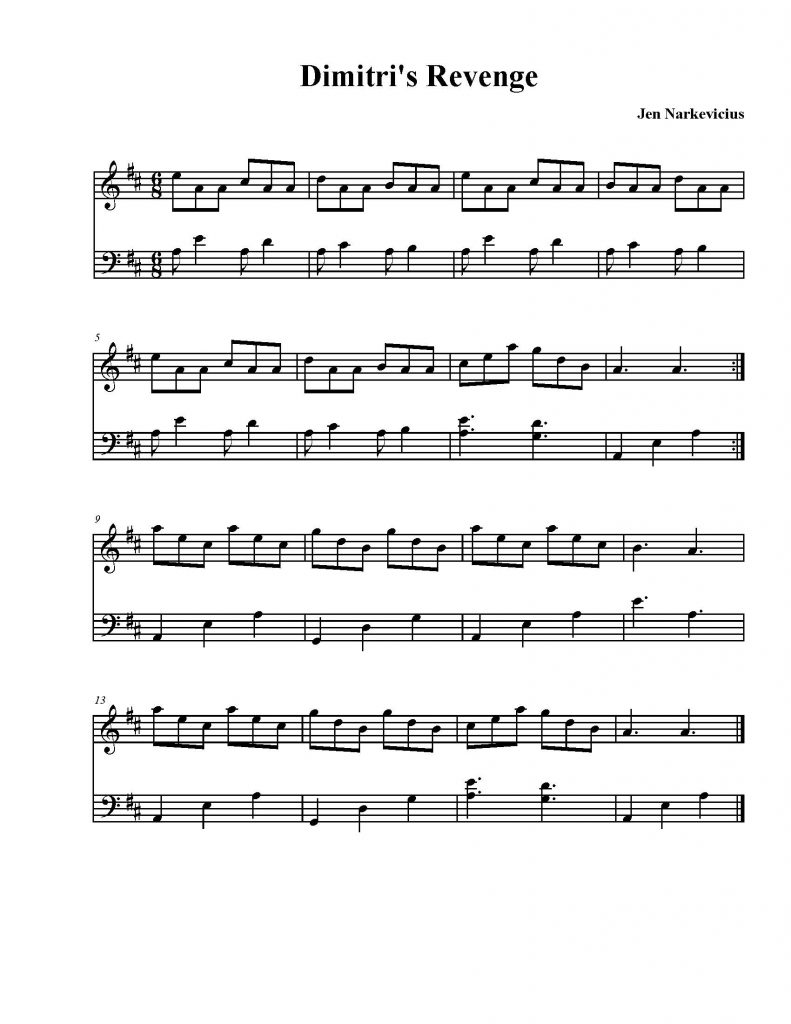Still a weird year, still an odd time.
 But it’s Halloween. No trick or treating. No Halloween gigs or parties. But let’s have some Halloween fun anyway!
But it’s Halloween. No trick or treating. No Halloween gigs or parties. But let’s have some Halloween fun anyway!
How are we going to do that? Well, we’ll do all the things! Well, most of them, modified. We can still have a Harpy Halloween and here are five ways you can try:
- Make a costume. My favorite part of Halloween is seeing the children in their costumes. Whether they are homemade or store bought, whimsical, goofy, or terrifying, it’s really the highlight of the night. So, why not generate your own costume. What could you be? You could dress up as your favorite composer. Or you could make a costume of the title of your favorite tune. Or do something silly (be a Harp Surgeon?

Dress as one of your favorite tunes, like Debussy’s Clare de Lune - Well, this one is easy – get some of your favorite(s) candy. Feel the need to “work” for it? You can give yourself a piece for every trick (or mistake) and two for each treat (every correctly played repetition)? It’s your candy – you decide how you trick or treat!
- Play Halloween music – play the old tunes – you know the ones – the creepy, eerie, ghostly ones like Tam Linn, She Moved Through the Fair, Earl Richard, and all the other creepy ones (and you know there are quite a few!) or the seasonal ones like Samhain Samhain.
- Do a musical Ghosting – put on that cool costume and play a “pop up” concert outside your house. Want to be really popular – put a bag of candy out for the people who might stop to listen so they can have a little trick or treat fun without getting too close.

Fairy or Angel harp player – be whatever you like, it’s Halloween! - Pumpkins! Get some of those adorable tiny pumpkins and make a “tableau” at the foot of your harp to make it feel more festive
How will you have a Harpy Halloween? I know there are more ways than this! Let me know how you celebrate – and if you have a photo, even better – please share. I’ll post mine here later when I have my costume on ???? Looking forward to seeing your celebrations!






